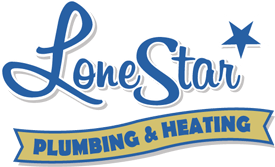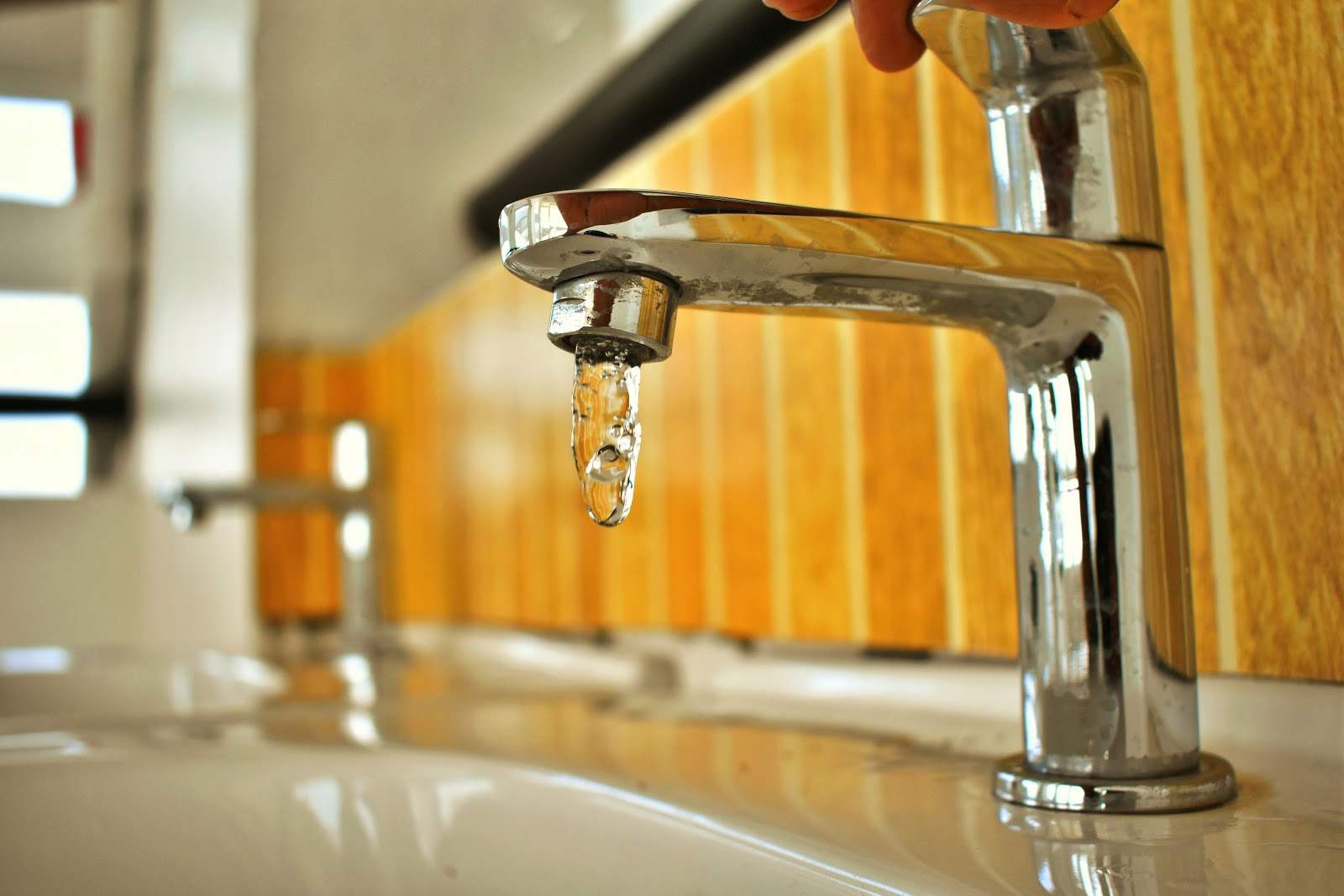How to Use Your Shut-Off Valve (and Where it Even is)
Many people are not completely sure how to use their main water shut-off valve or even know exactly where it is. It is important to determine where your home water shut-off is and make sure that you know how to access it and use it before you actually need to use it. In the event of a burst pipe or other plumbing emergency, if you can shut your water off quickly, you can save yourself a lot of damage.
Fix a Clogged Showerhead
If you notice your shower pressure going down, it might be due to mineral buildup, or limescale, in the showerhead. You can usually get rid of this buildup by soaking the showerhead in vinegar and then scrubbing away the limescale. Showerheads become clogged up with buildup due to hard water that contains a lot of minerals. If you have issues due to hard water in your home, consider installing a water softener.
Don’t Flush Trash
You should never flush anything down the toilet other than toilet paper and bodily waste. Not paper towels, not menstrual products, not even those wipes that say they’re flushable on the package! Even products that are labelled as “flushable” can clog up plumbing and cause problems. Be mindful of what you flush and you’ll have fewer issues to deal with later.
Don’t Close Your Taps too Tightly
You might think that in order to prevent a leaky tap, you should turn the tap as far to the “off” position as you can, getting it nice and tight. This is actually bad for your taps and can cause leaks! Be gentle with your taps. Make sure that you’re turning them all the way off, but don’t wrench them further than they need to go.
Don’t Wait to Call a Plumber
If you notice an issue with your plumbing, even something that seems minor like a slow leak, don’t ignore it or wait until it gets worse, call a plumber right away. This will save you major damage and higher repair costs in the future.

